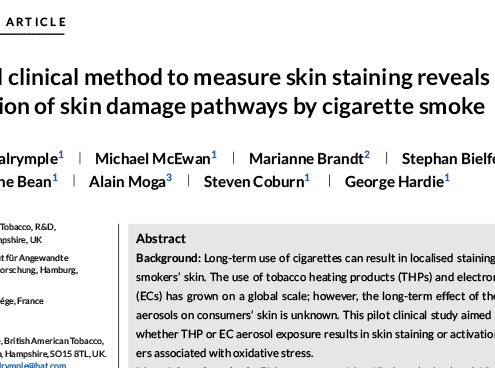
A novel clinical method to measure skin staining reveals activation of skin damage pathways by cigarette smoke
Cosmetics_cat_publi
Anti-pollution effects of two antioxidants and a chelator-Ex vivo electron spin resonance and in vivo cigarette smoke model assessments in human skin
Cosmetics_cat_publi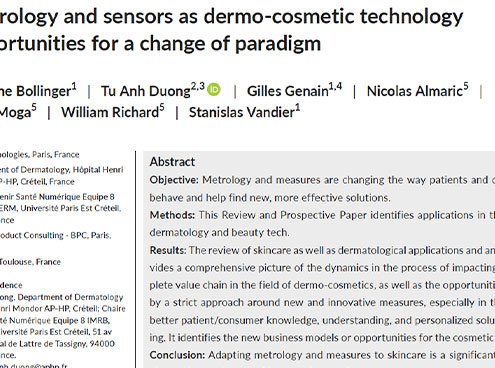
Metrology and sensors as dermo-cosmetic technology opportunities for a change of paradigm
Cosmetics_cat_publi, DermatologyAccording to the International Bureau of Weights and Measurements, metrology, the study of measurement, is becoming an essential aspect of all industries today in creating value.
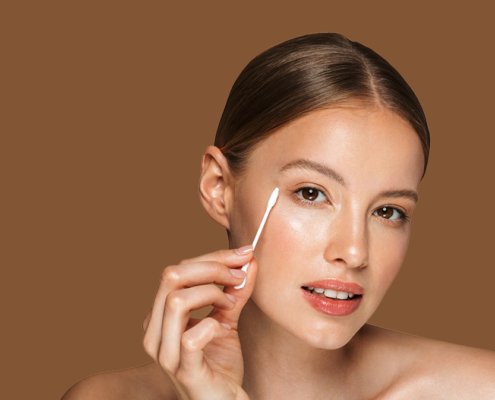 https://qima-lifesciences.com/wp-content/uploads/2020/06/200528_Encart_Gotowebinar.jpg
833
833
Vanessa
https://qima-lifesciences.com/wp-content/uploads/2023/03/QIMA_life_sciences.png
Vanessa2020-07-06 08:53:452024-09-04 13:01:10Bioanalysis of non-invasive clinical samples
https://qima-lifesciences.com/wp-content/uploads/2020/06/200528_Encart_Gotowebinar.jpg
833
833
Vanessa
https://qima-lifesciences.com/wp-content/uploads/2023/03/QIMA_life_sciences.png
Vanessa2020-07-06 08:53:452024-09-04 13:01:10Bioanalysis of non-invasive clinical samples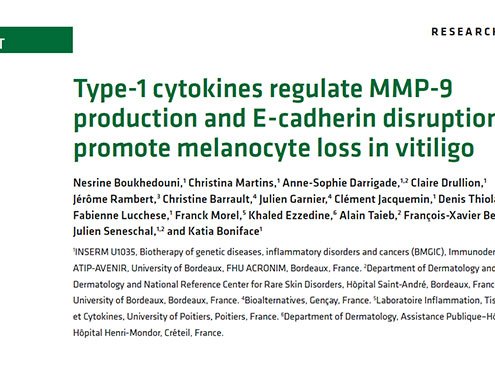
Type-1 cytokines regulate MMP-9 production and E-cadherin disruption to promote melanocyte loss in vitiligo
PigmentationLoss of melanocytes is the pathological hallmark of vitiligo.
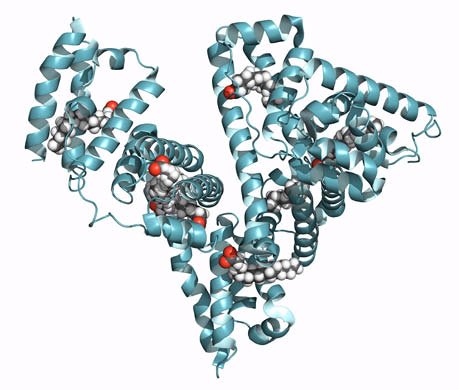
How In Silico Screening Can Guide Product Development in Cosmetics
Cosmetics_cat_publi, in silicoWhat's the role of in silico screening in cosmetic product development? Read on to learn more about the benefits of in silico screening and how it works.
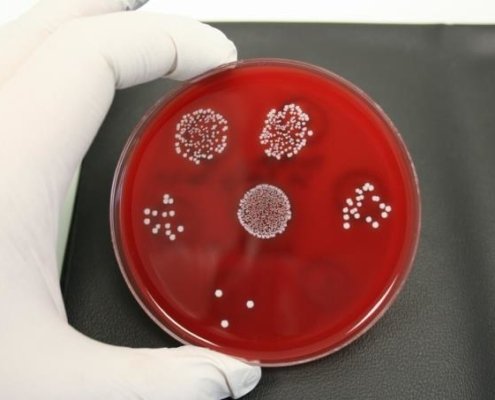
The Relationship Between Microbiology Testing and the Skin Microbiota
Cosmetics_cat_publi, Skin microbiomeMicrobiology testing is essential for substantiating microbiome-friendly and anti-microbial claims. Read on to find out how cosmetic microbiology testing is connected to the skin microbiome.
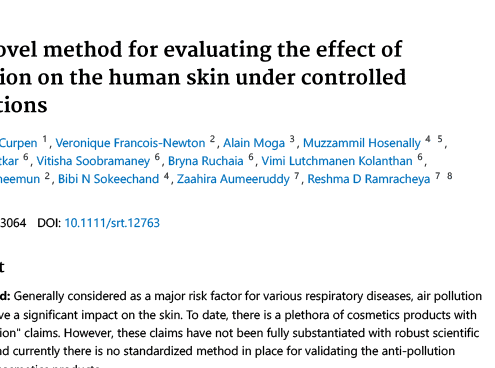
A novel method for evaluating the effect of pollution on the human skin under controlled conditions
Cosmetics_cat_publi
Using Reconstructed Human Epidermis model in Skin Microbiome Research
Skin microbiome, Skin microbiomeSkin microbiome research is developing rapidly. Are you up to date? Find out why 3D skin models are an important development in skin microbiome research.
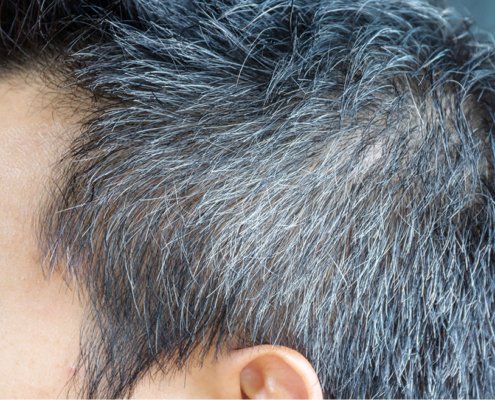
Canities and hair pigmentation
Cosmetics_cat_publi, Hair follicleCanities (hair greying) has a wide-ranging social and cosmetic impact. QIMA Life Sciences is focusing on its physiopathology, underlying causes and treatments.
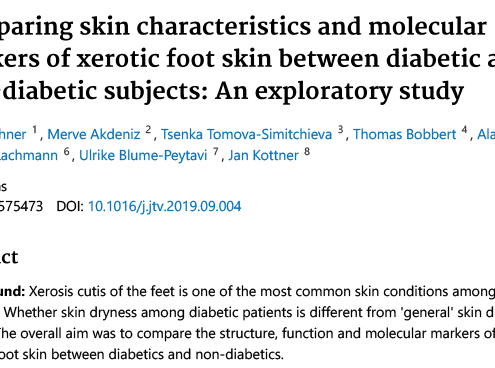
Comparing skin characteristics and molecular markers of xerotic foot skin between diabetic and non-diabetic subjects: An exploratory study
Cosmetics_cat_publiXerosis cutis of the feet is one of the most common skin conditions among type 2 diabetics.
 https://qima-lifesciences.com/wp-content/uploads/2019/03/190328_Vignettes_Hydratation_EN.jpg
368
655
Admin istrateur
https://qima-lifesciences.com/wp-content/uploads/2023/03/QIMA_life_sciences.png
Admin istrateur2019-10-20 09:56:412019-10-29 08:00:57Cosmetics Claims Substantiation: What You Need to Know
https://qima-lifesciences.com/wp-content/uploads/2019/03/190328_Vignettes_Hydratation_EN.jpg
368
655
Admin istrateur
https://qima-lifesciences.com/wp-content/uploads/2023/03/QIMA_life_sciences.png
Admin istrateur2019-10-20 09:56:412019-10-29 08:00:57Cosmetics Claims Substantiation: What You Need to Know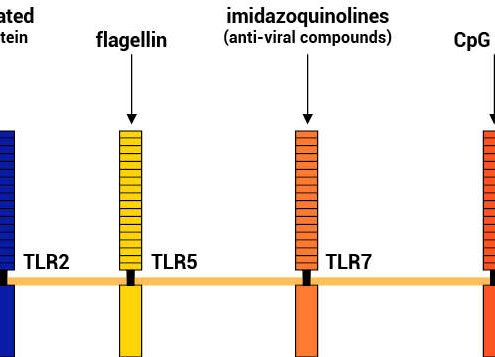
Profiling TLR agonist activity in keratinocytes and link to bacteria-induced innate immunity activation
Cosmetics_cat_publi, Microbiome cutané, Skin microbiomeIn this study, our goal was first to functionally profile and characterize the response of normal human keratinocytes (NHEK) to microbial patterns (TLR agonists) and IL-1α in parallel. To do so, the effects of multiple TLR agonists and IL-1α were evaluated on the gene expression profile, on signal transduction (NF-ƘB translocation) and also on IL-8 and IL-6 release. Secondly, we also tried to link these responses to those of pathogens of interest in skin microbiota (namely, C. acnes, S. aureus and P. aeruginosa), by evaluating the effect on IL-8 release by NHEK infected with living bacteria from these 3 strains...
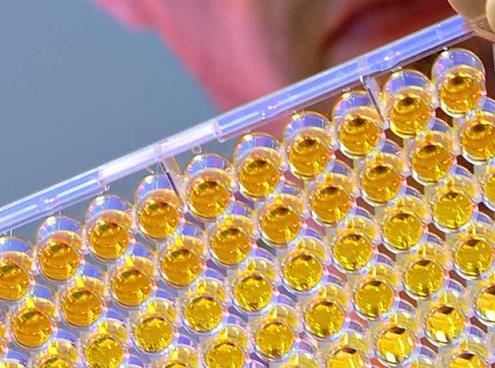 https://qima-lifesciences.com/wp-content/uploads/2018/10/2004-1-e1568060512640.jpg
368
640
Admin istrateur
https://qima-lifesciences.com/wp-content/uploads/2023/03/QIMA_life_sciences.png
Admin istrateur2019-10-07 18:04:092019-10-20 16:48:41What is the Role of Skin Care Product Testing Labs in Efficacy Testing?
https://qima-lifesciences.com/wp-content/uploads/2018/10/2004-1-e1568060512640.jpg
368
640
Admin istrateur
https://qima-lifesciences.com/wp-content/uploads/2023/03/QIMA_life_sciences.png
Admin istrateur2019-10-07 18:04:092019-10-20 16:48:41What is the Role of Skin Care Product Testing Labs in Efficacy Testing?
Is In Vitro a Good Alternative to Animal Testing for Efficacy Testing of Cosmetics
Cosmetics_cat_publi https://qima-lifesciences.com/wp-content/uploads/2018/10/2004-1-e1568060512640.jpg
368
640
Admin istrateur
https://qima-lifesciences.com/wp-content/uploads/2023/03/QIMA_life_sciences.png
Admin istrateur2019-09-18 21:47:182024-12-24 15:11:20In Vitro Testing in Cosmetics: Pros and Cons
https://qima-lifesciences.com/wp-content/uploads/2018/10/2004-1-e1568060512640.jpg
368
640
Admin istrateur
https://qima-lifesciences.com/wp-content/uploads/2023/03/QIMA_life_sciences.png
Admin istrateur2019-09-18 21:47:182024-12-24 15:11:20In Vitro Testing in Cosmetics: Pros and Cons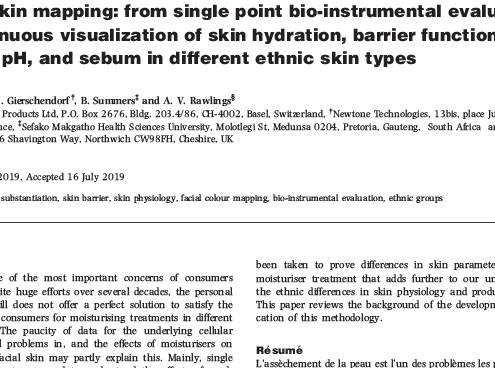
Facial skin mapping: from single point bio‐instrumental evaluation to continuous visualization of skin hydration, barrier function, skin surface pH, and sebum in different ethnic skin types
Cosmetics_cat_publi, Skin barrier and hydration
Behavior of the two circulating androgens testosterone and DHEA and their main intracellular metabolites in an androgen-sensitive sebocyte cell line.
Cosmetics_cat_publiAndrogens are known to strongly regulate the sebaceous gland. Relationships with testosterone have been reported and little is known about the role of DHEA. We showed that the most potent intracellular androgen metabolite, dihydrotestosterone (DHT), induced AR translocation, specific transcripts such as ras-related dexamethasone induced 1 (RASD1) and lipogenesis/lipid storage. We used these parameters to assess the behaviour and activity of the two main circulating androgens TESTO and DHEA, in comparison with DHT, in this model.
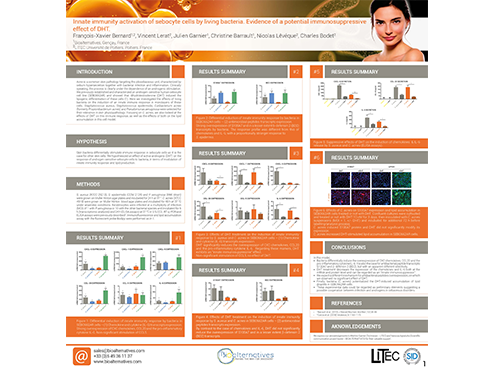
Innate immunity activation of sebocyte cells by living bacteria. Evidence of a potential immunosuppressive effect of DHT.
Acne, Microbiome cutané, Sebaceous gland regulation, Skin microbiome, Skin microbiomeAcne is a skin pathology targeting the pilosebaceous unit…sebum hypersecretion and bacterial infection. We studied the effects of living bacteria on the induction of an innate immune response in a sebocyte cell line.
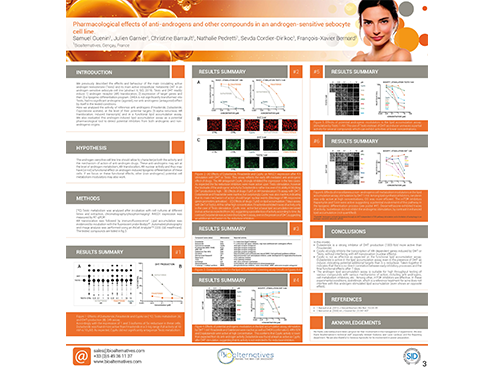
Pharmacological effects of anti-androgens and other compounds in an androgen-sensitive sebocyte cell line.
Acne, Sebaceous gland regulationWe analysed the activity of reference anti-androgens (Finasteride, Dutasteride, Cyproterone acetate), at the level of their potential targets (5-alpha-reductase, AR translocation, induced transcripts) and in a functional lipid accumulation assay. We also evaluated this androgen-induced lipid accumulation assay as a potential pharmacological tool to detect potential inhibitors from both androgenic and non-androgenic origins.



